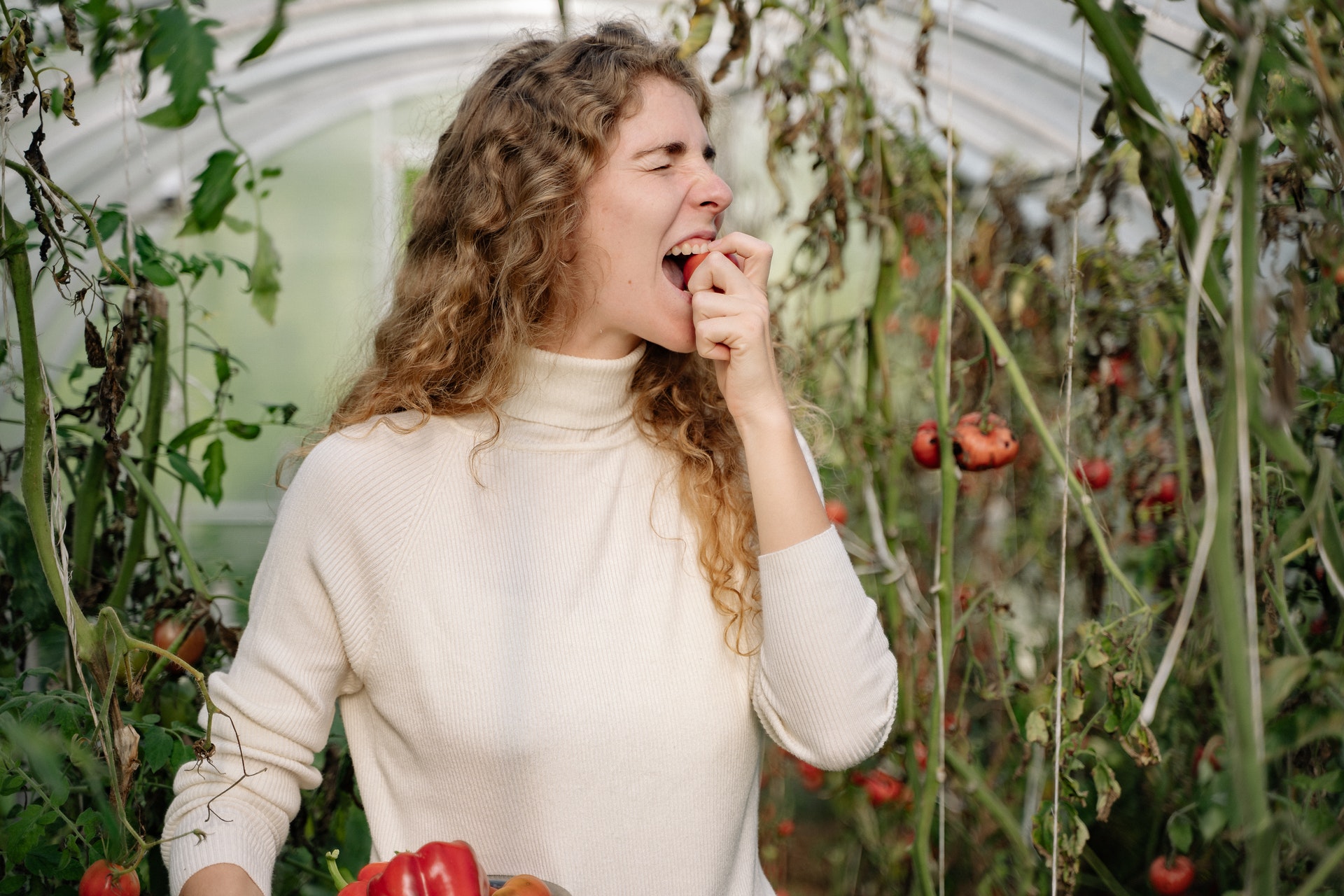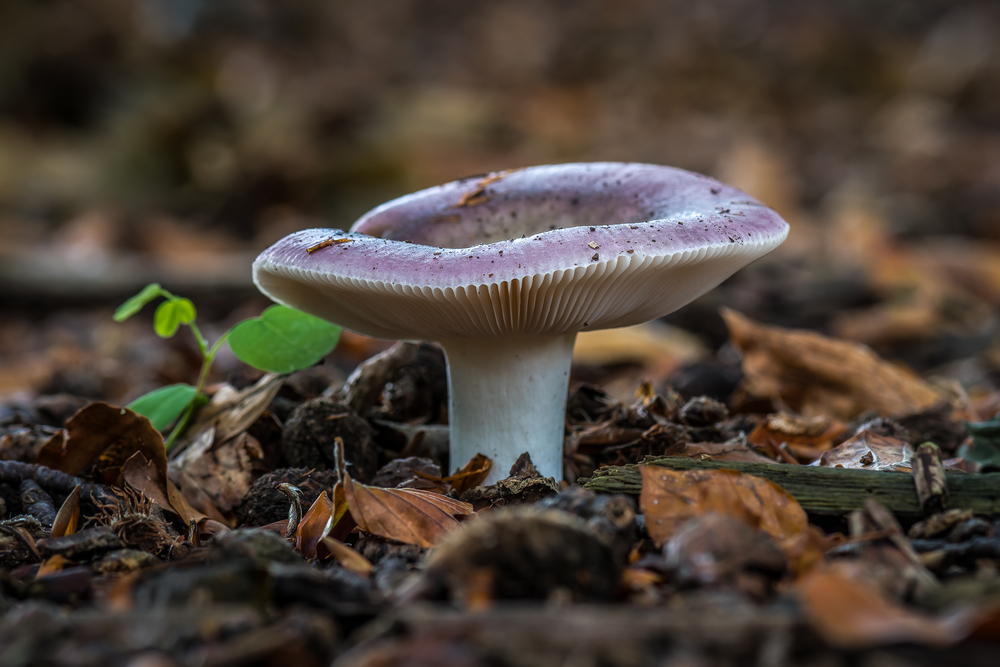We don’t just love food: we are obsessed with it. Multi-million dollar industries are based solely on our preoccupation with food, whether with regard to ways of preparing it or programs for attempting to temper our choices to make them more health-oriented. There are books, magazines, online productions, entire broadcast networks and dozens of other types of media dealing with some aspect of food. The interesting thing is that, while our ancestors spent most of their day and energy foraging, hunting, preparing and storing enough food for survival, many people now spend more time watching someone cook on TV than any other food-related activity.
Some will try to tell you that food is simply fuel that our bodies require. Obviously, most of us do not feel that way. Food is an integral part of our lifestyles and the focal point of our family and social interactions. We want what we eat to be special, and, for many, this includes new and creative ways to prepare and present it. One way this has manifested is in the fusion craze that swept the country, combining foods of one country or region with those of another to come up with something different. Another is reaching back into the past and reintroducing people to the age-old practice of using edible flowers to enhance the flavor and appeal of many different dishes and beverages.
It may seem more appropriate for the occasional rabbit or squirrel to munch on the dandelions in the back yard, but dandelions are actually quite tasty in a salad, and the French make a delicious creamy soup with them, creme de pissenlits (cream of dandelions). In fact, flowers have been used in cooking for thousands of years, starting with the Greek, Roman and Chinese cultures.
The addition of edible flowers, with their wide range of colors and flavors, can help satisfy our need to keep changing our food to make it different and more interesting. That said, where do you start? How do you know which flowers are good to eat and, even more importantly, how do you know which are safe? Before you dash out into the nearest meadow and start sampling wildflowers like Texas famous bluebonnet, think mushroom. Like most of us, you may love mushrooms in all of their wonderful forms, but it is unlikely that you eat the ones growing in the wild. The results of eating the wrong mushroom can range from slight gastrointestinal discomfort all the way to death. The same advice applies to flowers, if you don’t know for sure which are safe, don’t eat them until you have done your research.
Popular Edible Flowers Used in Food and Beverages
While it is important to know which to avoid, there are lots of flowers that are safe to choose from to add to salads, soups, desserts, tea, cocktails and pretty much anything you can think of. As you explore, you will want to branch out and try more exotic varieties, but, to get started, here are some of the most common and popular edible flowers:
- Arugula – less familiar than the lettuce leaves, the flowers have a peppery flavor
- Calendula – a type of marigold, very popular for salads, salsas and egg dishes
- Chive – petal blossoms of the chive plant have a mild, onion-like taste
- Hibiscus – popular in salads and tea, both sweet and tart
- Jasmine – use with a light hand because jasmine flowers are actually very sweet, which makes them a favorite for desserts, as well as tea
- Johnny-Jump-Ups – these colorful purple and yellow flowers, used in garnishes, have a mild wintergreen flavor
- Lavender – sweet and spicy, complements a wide range of dishes
- Lemon Verbena – as you would expect, these tiny pale blossoms have a lemon flavor
- Pansies – described as having a faint grassy flavor, these fun and colorful petals make a striking garnish
- Squash Blossoms – here’s flower you can actually coat with cornstarch and deep fry, proving there are edible flowers for all tastes


